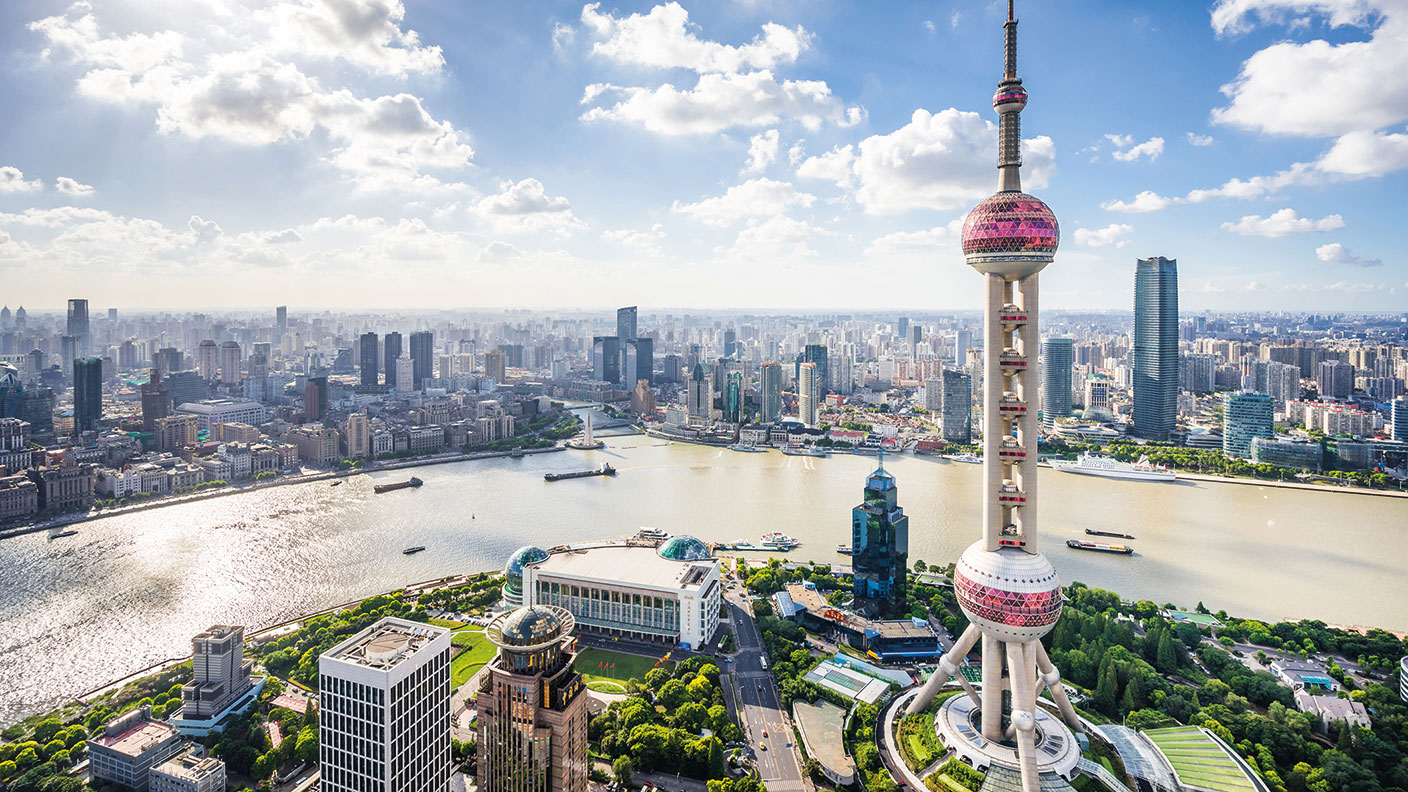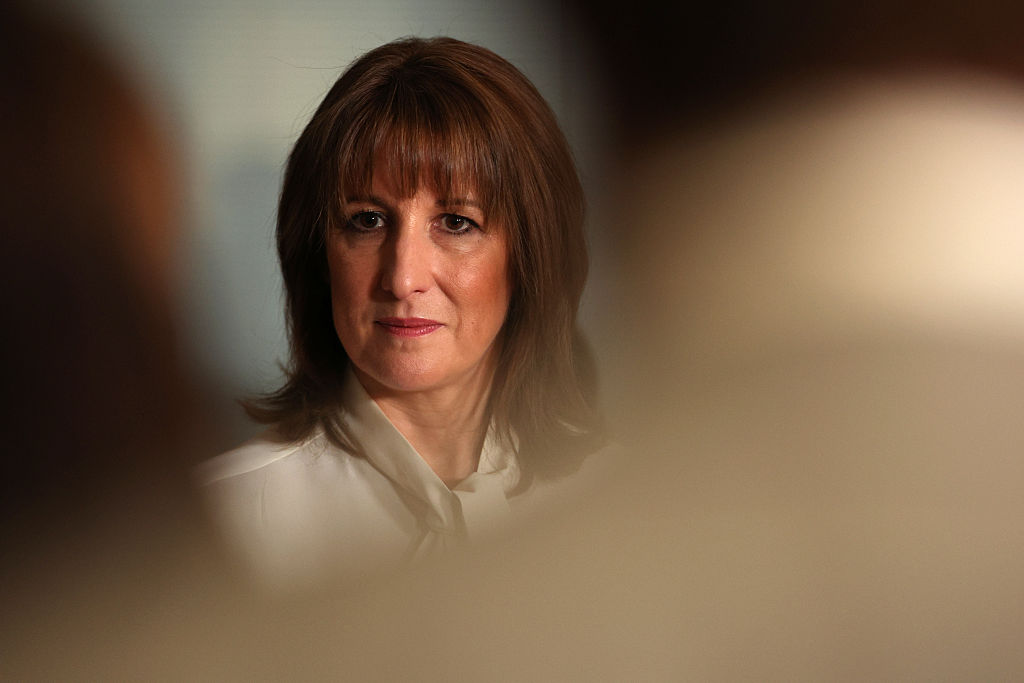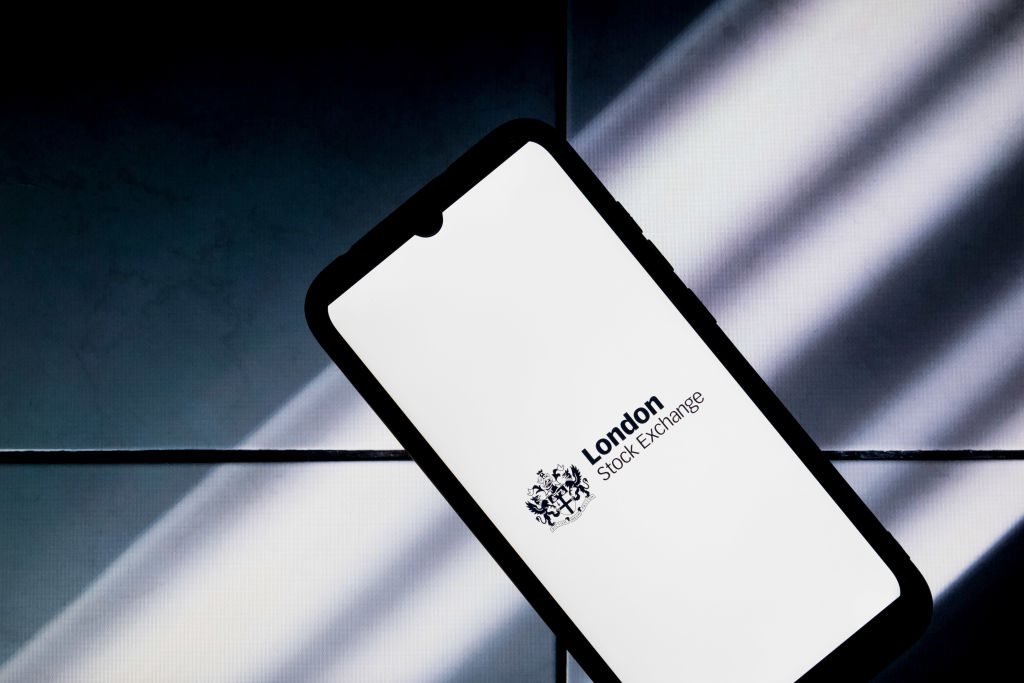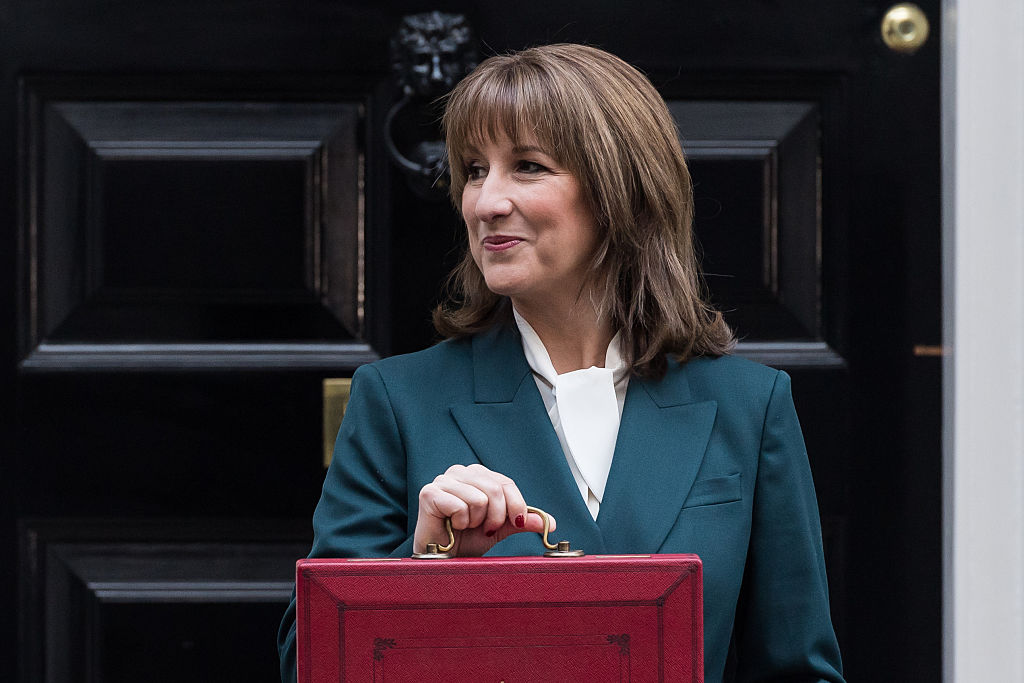The reflation trade has further to run
Investors have piled into assets that stand to gain from a global recovery. And while there may be little evidence of inflation as yet, it will come; the only question is how high it will go.

Inflation or deflation? Investors have spent the last few months piling into assets that stand to gain from a vaccine-enabled global recovery. “Frothing” commodity prices should bring higher inflation, but signs remain scant in official figures, says Albert Edwards of Société Générale. US core consumer price index (CPI) inflation, which strips out volatile food and energy prices, came in at 0% in January compared to a month before. In China, year-on-year core CPI slipped into outright deflation for the first time since 2009. “The global reflation trade may well have got ahead of itself.”
Inflation is coming
“The only way is up” for prices in America, says James Knightley of ING. Figures over the next few months will come in much higher because of base effects – the comparison period a year ago coincides with the first lockdowns, which sent prices plummeting. Add in rising energy and metals prices and inflation in the world’s biggest economy looks poised to “sail well above 3%” this spring.
Vast fiscal and monetary stimulus should keep the inflationary train chugging: President Joe Biden’s $1.9trn fiscal stimulus plan could be only the prelude to even more lavish infrastructure spending. On the monetary side, the US Federal Reserve continues “to buy $120bn of financial assets each month” with printed money.
MoneyWeek
Subscribe to MoneyWeek today and get your first six magazine issues absolutely FREE

Sign up to Money Morning
Don't miss the latest investment and personal finances news, market analysis, plus money-saving tips with our free twice-daily newsletter
Don't miss the latest investment and personal finances news, market analysis, plus money-saving tips with our free twice-daily newsletter
The UK outlook is equally inflationary, says David Smith in The Sunday Times. The Bank of England’s survey of public inflation attitudes shows the average Briton anticipates inflation of 2.7% in the coming year. Nearly one-fifth are bracing for price hikes of 5% or more. That wouldn’t be unprecedented: UK inflation hit 5.2% in September 2011 during the post-financial crisis recovery phase. There is no question that inflation is heading higher, it is “merely a question of degree”.
Fed up with easy money
It’s true that the US is heading for a burst of inflation, says The Economist, but that is what the Fed is for: for all the brouhaha about it going soft on inflation, its mandate still requires it to hike interest rates if inflation runs too hot for too long. Don’t count on it, says Justin Lahart in The Wall Street Journal. The Fed will regard any post-pandemic inflation bump as temporary, the result of a transient rush of consumers towards restaurants and holiday resorts. It is unlikely to act before there is evidence that consumers’ expectations of higher inflation have become “ingrained”, which won’t happen quickly. “The economy could run hot for a while before anybody is worried enough to reach for the thermostat”.
There are good reasons to think the Fed will be slow to react, says Eoin Treacy of Fullertreacymoney.com. More than 17% of all US companies are “categorised as zombies”: companies that rely on cheap finance to stay afloat. Interest-rate hikes would cause mass bankruptcies, so “there is just no way the Federal Reserve” can tighten monetary policy when push comes to shove. That means that the dollar is heading lower and global markets beyond America are poised to outperform. The reflation trade has much further to run.
Get the latest financial news, insights and expert analysis from our award-winning MoneyWeek team, to help you understand what really matters when it comes to your finances.
Alex is an investment writer who has been contributing to MoneyWeek since 2015. He has been the magazine’s markets editor since 2019.
Alex has a passion for demystifying the often arcane world of finance for a general readership. While financial media tends to focus compulsively on the latest trend, the best opportunities can lie forgotten elsewhere.
He is especially interested in European equities – where his fluent French helps him to cover the continent’s largest bourse – and emerging markets, where his experience living in Beijing, and conversational Chinese, prove useful.
Hailing from Leeds, he studied Philosophy, Politics and Economics at the University of Oxford. He also holds a Master of Public Health from the University of Manchester.
-
 High earners face £15k income hit by 2029 following Autumn Budget
High earners face £15k income hit by 2029 following Autumn BudgetRachel Reeves’s Autumn Budget means high earners – or HENRYs – are now looking at an income hit running into the thousands. Can you avoid it?
-
 Millions underestimate how many paydays are left until retirement - why you should be counting your payslips
Millions underestimate how many paydays are left until retirement - why you should be counting your payslipsKeeping track of how long you will be earning a salary for can help work out how much you need to put into a workplace pension
-
 Renewable energy funds are stuck between a ROC and a hard place
Renewable energy funds are stuck between a ROC and a hard placeRenewable energy funds were hit hard by the government’s subsidy changes, but they have only themselves to blame for their failure to build trust with investors
-
 The war dividend – how to invest in defence stocks as the world arms up
The war dividend – how to invest in defence stocks as the world arms upWestern governments are back on a war footing. Investors should be prepared, too, says Jamie Ward
-
 Did COP30 achieve anything to tackle climate change?
Did COP30 achieve anything to tackle climate change?The COP30 summit was a failure. But the world is going green regardless, says Simon Wilson
-
 Rachel Reeves's punishing rise in business rates will crush the British economy
Rachel Reeves's punishing rise in business rates will crush the British economyOpinion By piling more and more stealth taxes onto businesses, the government is repeating exactly the same mistake of its first Budget, says Matthew Lynn
-
 Leading European companies offer long-term growth prospects
Leading European companies offer long-term growth prospectsOpinion Alexander Darwall, lead portfolio manager, European Opportunities Trust, picks three European companies where he'd put his money
-
 How to capitalise on the pessimism around Britain's stock market
How to capitalise on the pessimism around Britain's stock marketOpinion There was little in the Budget to prop up Britain's stock market, but opportunities are hiding in plain sight. Investors should take advantage while they can
-
 London claims victory in the Brexit wars
London claims victory in the Brexit warsOpinion JPMorgan Chase's decision to build a new headquarters in London is a huge vote of confidence and a sign that the City will remain Europe's key financial hub
-
 The consequences of the Autumn Budget – and what it means for the UK economy
The consequences of the Autumn Budget – and what it means for the UK economyOpinion A directionless and floundering government has ducked the hard choices at the Autumn Budget, says Simon Wilson